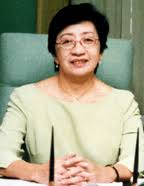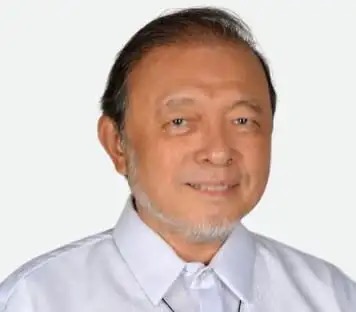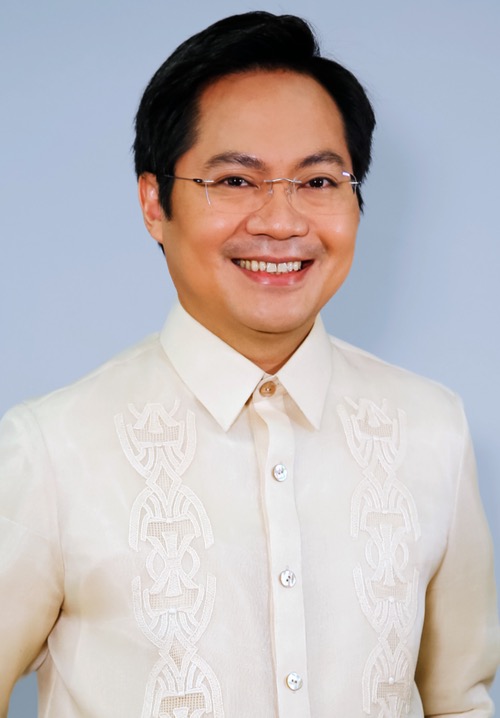A Brief Yet Meaningful History of the Philippine Civil Service
When you think of 'civil service,' what comes to mind? For most, it's the dreaded exam that seems to have more legends than answers. But behind that test is a rich history of reform, resilience, and the ever-evolving quest to build an efficient, honest, and people-centered bureaucracy. Let's rewind the tape and trace the roots of the Philippine Civil Service system, a tale that spans over a century and several constitutions.
Historical Timeline of the Civil Service Exam
Public Law No. 5
The Humble Beginnings
The Philippine Civil Service officially began under Public Law No. 5, enacted by the Second Philippine Commission, titled: "An Act for the Establishment and Maintenance of an Efficient and Honest Civil Service in the Philippine Islands." It created the Civil Service Board, composed of a Chairman, a Secretary, and a Chief Examiner, to administer examinations and set appointment standards.
Established the foundation for qualifying exams.
Bureau of Civil Service
From Board to Bureau
The Civil Service Board was reorganized into the Bureau of Civil Service to professionalize government appointments and counter the 'palakasan system'.
Professionalized government appointments.
1935 Constitution
Merit Over Favoritism
The 1935 Constitution formalized the merit system as the cornerstone of public employment and expanded its coverage to all branches of government.
Enshrined the merit system in the constitution.
Republic Act No. 2260
The Civil Service Law
RA 2260, the Civil Service Law, provided the first comprehensive legal framework, superseding scattered administrative orders and elevating the Bureau into a full-fledged Civil Service Commission (CSC) with department status.
Established the modern Civil Service Commission.
Presidential Decree No. 807
The Civil Service Decree
Presidential Decree No. 807, the Civil Service Decree of the Philippines, redefined the CSC's role as the central personnel agency of the government.
Centralized personnel management in the CSC.
The Constitution & Admin Code
The Present Mandate
The 1987 Constitution and Book V of Executive Order No. 292 (the 1987 Administrative Code) gave the CSC its modern-day mandate, upholding the merit system, promoting ethical behavior, and recognizing the right of government employees to unionize.
Strengthened and modernized the CSC's mandate.
Notable Figures in the History of the Civil Service Exam

William Howard Taft
First Civil Governor of the Philippines
Before becoming the 27th President of the United States, Taft served as the head of the Second Philippine Commission. Under his leadership, the Philippine Civil Service Act (Public Law No. 5) was passed in 1900, officially establishing a merit-based civil service system. He believed that Filipinos were capable of self-governance and should be appointed based on merit and fitness, not political ties.
1901
Celerina Gotladera
First CSC Chairperson (Post-EDSA)
The first Chairperson under the post-EDSA environment, Gotladera spearheaded the decentralization of the CSC by establishing 30 regional offices. She also created the Office of Personnel Relations, laying foundations for more accessible and structured civil service operations.
1987–1988
Patricia A. Santo Tomas
CSC Chairperson
Known for professionalism and public service, she previously became Secretary of Labor and later CSC Chair. She strengthened personnel systems with her academic background (UP Los Baños alumna, Harvard MPA).
1988–1994
Ricardo L. Saludo
CSC Chairperson
Served under President Gloria Arroyo, championing the 3rd Salary Standardization Law to raise government compensation. His tenure ensured that merit and welfare went hand‑in‑hand.
2008–2009
Karlo Alexei Nograles
CSC Chairperson
A modernizer, Nograles focused on digital transformation, streamlining eligibility checks (eCSEVS), automated appointment systems, and upskilling HR practitioners. He resigned in 2024 to enter local politics.
2022–2024
Atty. Marilyn Barua-Yap
Current CSC Chairperson
A distinguished lawyer, public servant, and academic whose career spans more than four decades of service to the Filipino people. Appointed as Chairperson of the Civil Service Commission by President Ferdinand R. Marcos Jr. on October 16, 2024, she is committed to strengthening a merit-based, responsive, and accountable civil service.
2024–2029Civil Service Exam by the Numbers
Of civil service system
Total examinees since 1900
Current government employees
Annual examinees today
Evolution of the Examination
Early Years (1900-1950s)
- • Written essays and oral interviews
- • Limited to major cities
- • English language only
- • Small candidate pool
Modernization (1960s-1990s)
- • Multiple choice format
- • Standardized testing
- • Bilingual examinations
- • Nationwide coverage
Digital Age (2000s-Present)
- • Online applications
- • Computer-based testing
- • Real-time results
- • Accessibility features
Legacy and Impact
Achievements:
- • Eliminated political patronage in government hiring
- • Established merit-based career advancement
- • Created professional civil service culture
- • Improved government service quality
Continuing Challenges:
- • Balancing efficiency with accessibility
- • Adapting to technological changes
- • Maintaining examination integrity
- • Meeting diverse candidate needs
CSE Basics
Get to know all the basics of the Civil Service Exam.